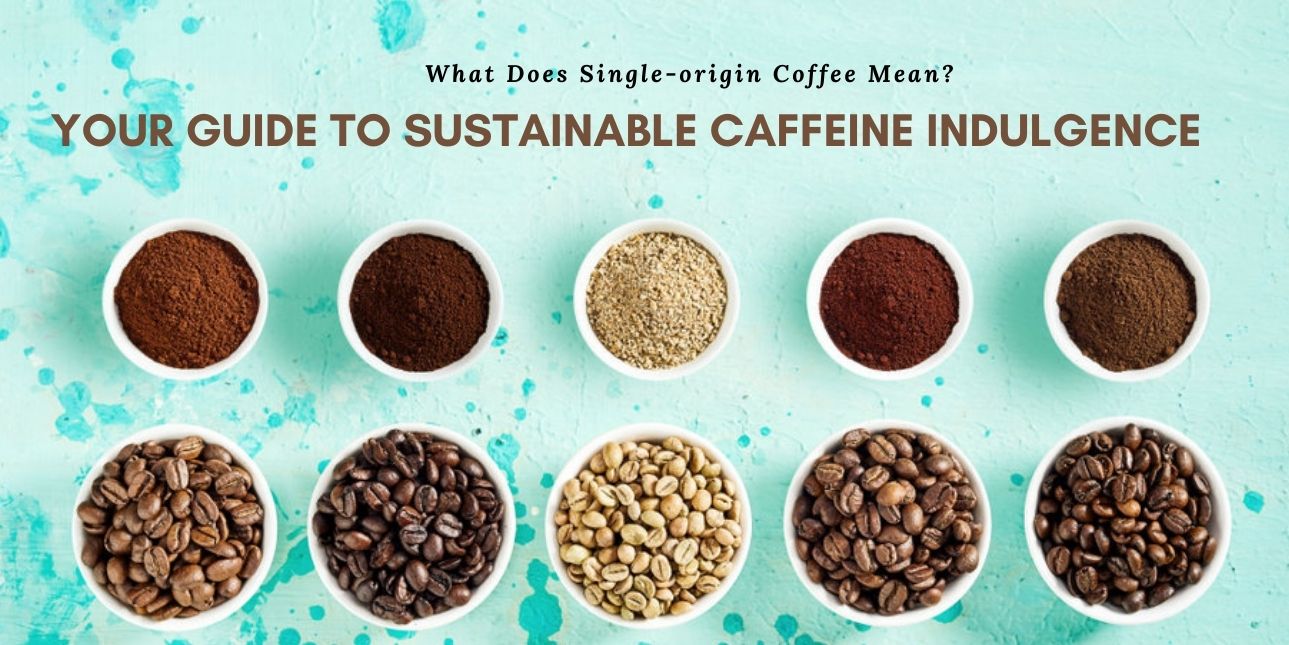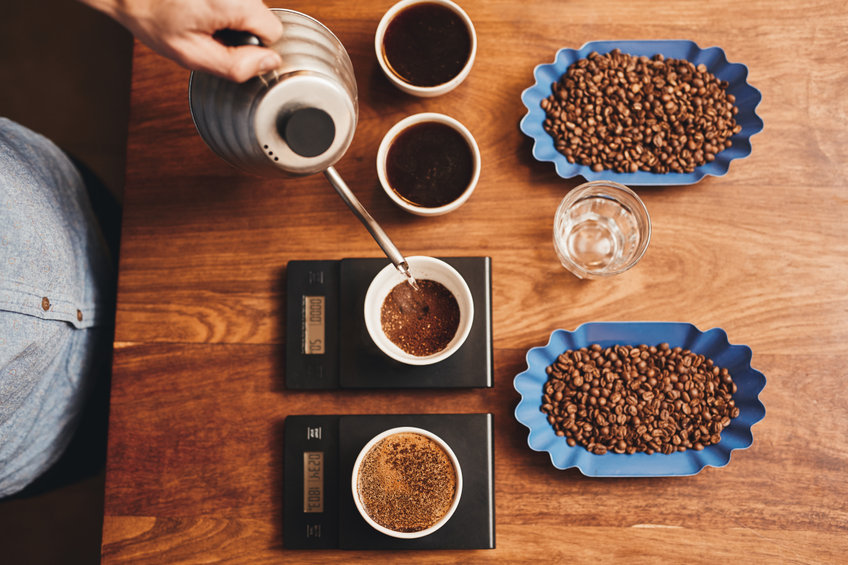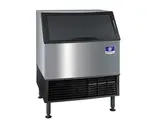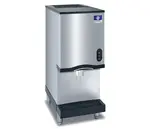
With the third wave era of the coffee industry still going strong, consumer awareness and supporting small businesses have taken center stage for a lot of coffee lovers. By shifting the core focus of the coffee industry from culture to consumer awareness, single-origin coffee allows its drinkers to experience rich tastes, perceive subtle notes, and also brings with it more information about where the coffee is coming from.
Adding a diverse set of roasts to your cafe’s menu can enable you to engage better with your clientele. Single-origin coffees bring tastes from across the world, providing an incentive to your customers and baristas to experiment. Apart from providing a truly unique experience, single-origin coffee enables you to popularize small estates and farms that produce coffee beans unique to their region. So, what does single-origin coffee mean after all? Read on to know more!
What is Single-origin Coffee?
Single-origin coffee’s meaning relates to the source of the coffee beans. Phrases like ‘single source’ are also used synonymously with single-origin coffee to denote coffee beans that have been procured from a single crop, estate, region, or nation. The term also has subcategories that help business owners and coffee drinkers trace the beans back to their countries and estates of origin. Labels come with information about the coffee grower, the variety of the bean, and the region or nation of production. The traceability of the beans becomes the central focus when discussing single origin’s meaning.
Coffee beans tend to vary depending on the type of plot they’re grown on, the region they’re cultivated in, and they also pick up variations based on adjacent farms and crops that were previously grown on the same lots. This gives each batch of single-origin beans their unique flavor profile and taste. The single-origin coffee meaning lies in truly getting to know the region of production through the taste of the brew. Most of the single-origin varieties are lightly roasted to ensure the unique flavors are preserved in the beans. This also adds a different mouth feel to the coffee, providing a more tea-like experience. Gaining an understanding of what is single-origin coffee also allows consumers to support small farmers and estate owners to produce more high-quality coffee using traditional techniques and methods. This makes it sustainable for everyone down the supply chain.
Types of Single Origin Coffee
Since single-origin coffee encompasses a variety of subterms, it’s important to understand the various types and categories of this niche before you begin acquiring it for your establishment. The various types of single-origin coffee entail:
- Single farm/Estate Coffee: So, what does single-origin coffee mean when it is denoted by the term ‘single farm’ or ‘estate’? Estate or single farm coffee denotes beans that have been sourced from the same farm, co-operative, or group of coffee mills based out of the same estate. The production facilities are owned and operated by the same and often singular owner - guaranteeing the quality and richness of the beans produced. Small operations ensure there are more stringent quality control practices in place, making sure you have a bag of beans you can trust and rely on. Estate coffee is also more traceable due to its branding which often contains the estate’s or the owner’s name.
- Microlot Coffee: To make things even more traceable and informative, estate owners offer micro-lot coffee - some of the most niche coffee varieties within the single-origin umbrella. Microlot coffee beans are often a single variety of coffee grown on the same farm lot. The labels include information about the variety of the bean produced, and also carry details about the lot they were grown on. This not only offers a unique and tasteful experience to the drinker but also provides a form of intellectual entertainment for coffee enthusiasts and connoisseurs.
Is Single-Origin Coffee Better than Coffee Blends?
While preferences are entirely subjective, the main aim of single-origin coffee is to bring out its unique tastes and the ability to track the bean to its source farm or estate. On the other hand, coffee blends come with more complex taste notes due to the mix of multiple beans in the final product. Coffee roasters combine different beans from different parts of the world to come up with a balanced coffee blend. Coffee blends are popular in espresso bars due to their ability to pair well with milk. Coffee blends come in three common varieties:
- The caffeine-rich breakfast blend happens to be lightly roasted when compared to its other counterparts.
- The heavily roasted dark blends have low caffeine content but come with rich flavors.
- Unique house blends are crafted by individual coffee shops to provide a unique flavor and caffeine profile.
Contrary to blended roasts, single-origin coffee has a uniform taste that stems from the conditions it grew in. The nuanced taste profiles draw heavily from the soil quality, type of soil, the nutritional content of the soil, environmental conditions around the plot, and the region it comes from. No two batches of the same variety of single-origin coffee, even if sourced from the same estate, will taste the same due to the different factors that go into raising each crop of coffee. So, is single-origin coffee better than coffee blends after all? Since there exist so many different variables that govern what single-origin coffee means, along with the different factors that influence each batch of beans, judging the quality and taste of these unique products is left purely to the consumer.
Using Single Origin Coffee at Your Establishment
Single-origin coffee can bring about diversity to your existing line of offerings. Most baristas and coffee roasters will roast the single source beans only lightly to allow greater expression of the subtle and vibrant notes in the coffee. Since each batch is different from the other, perfect pairing with milk is not something that's guaranteed. The barista needs to be experienced enough to understand the individual profile and create a specialized drink that brings out the best in that particular batch of beans. Some cafes also tend to grind single-origin roasts into the consistency of espresso. However, due to the unpredictability of milk pairing, this is not common practice and is established only after several trials of roasting, grinding, and brewing. Several baristas also use cold brewing and pour-over methods to bring about the natural tastes contained within the single-origin coffee grounds. Supplementing your needs with quality ice maker machines is imperative to ensure you prepare quality cold brews. If you do not have sufficient space for a standalone ice machine, an undercounter ice machine works just as well and can cover all of your cold brew and frappe preparation needs. Combining both expertise and experience is sure to help you create unique preparations out of single-origin coffee varieties.
Using single-origin coffee at your establishment is sure to help you pique the interest of your customers. With newer generations of consumers more inclined toward the sustainability of their consumption habits, presenting to them coffee sourced from small businesses and ethical manufacturers is sure to go a long way in establishing your food business as responsible. Be sure to explore different ways to brew a cuppa before experimenting with your beverage menu, also ensure you have reliable coffee equipment you can trust before venturing out into the beverage business.













